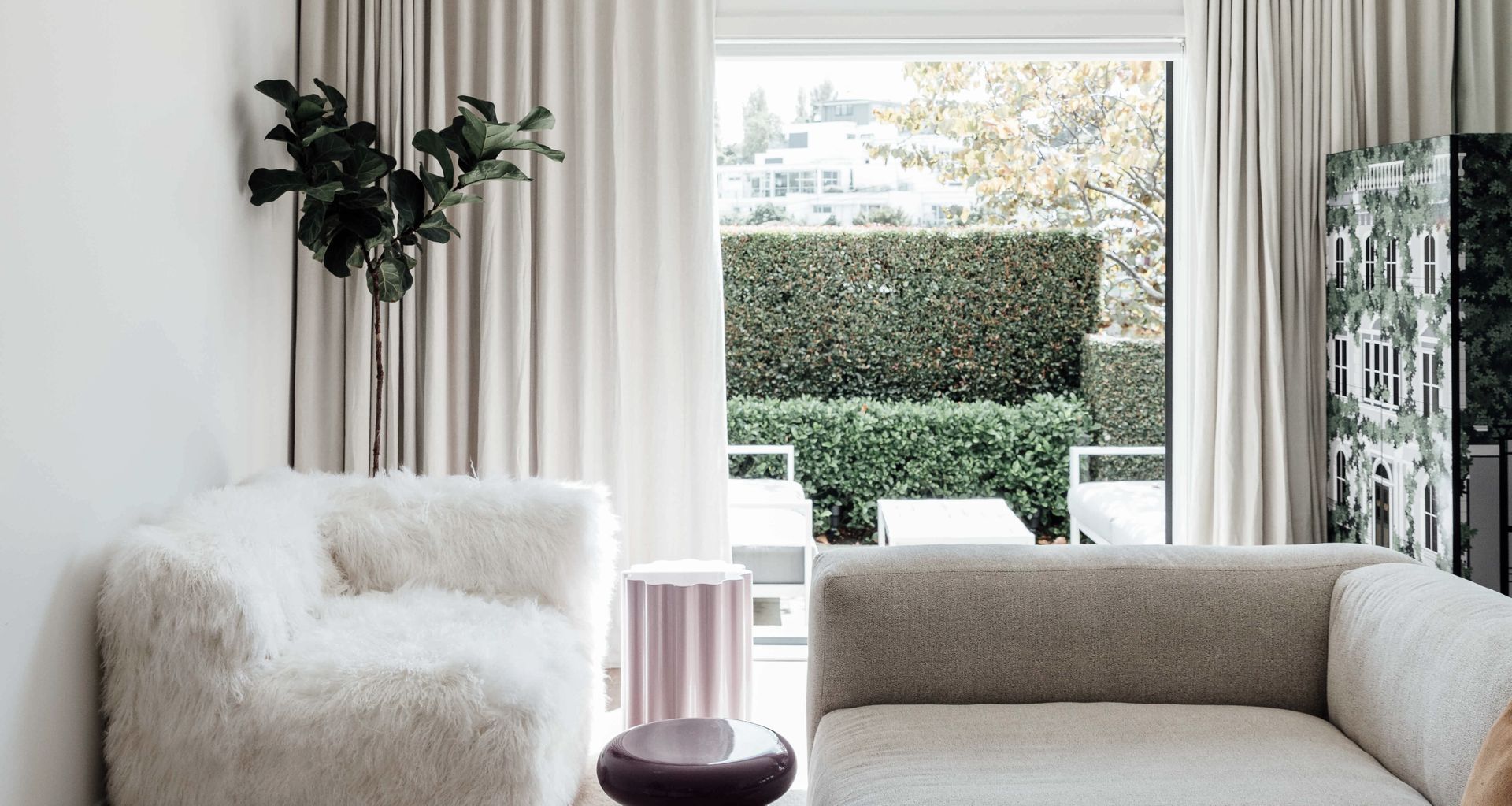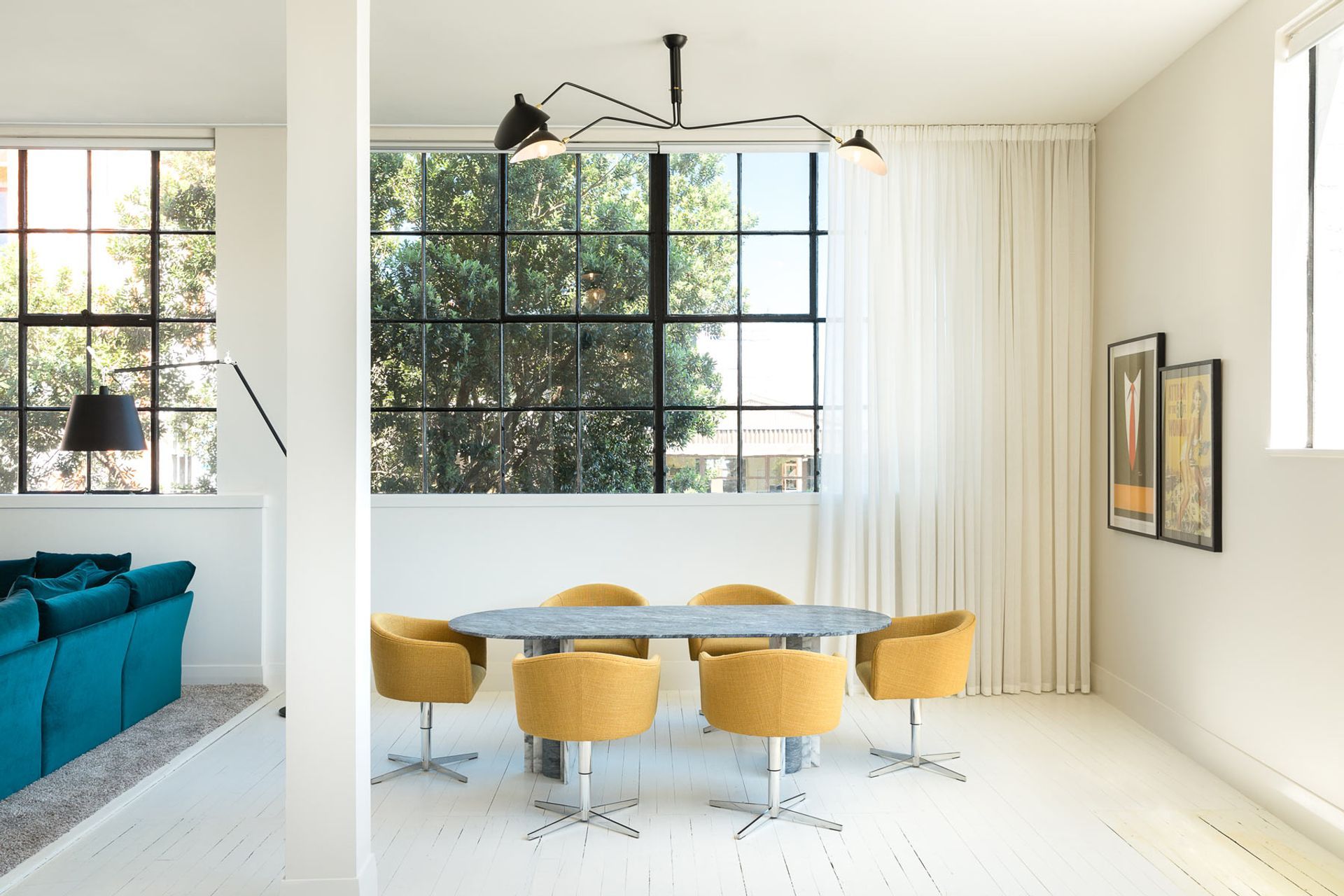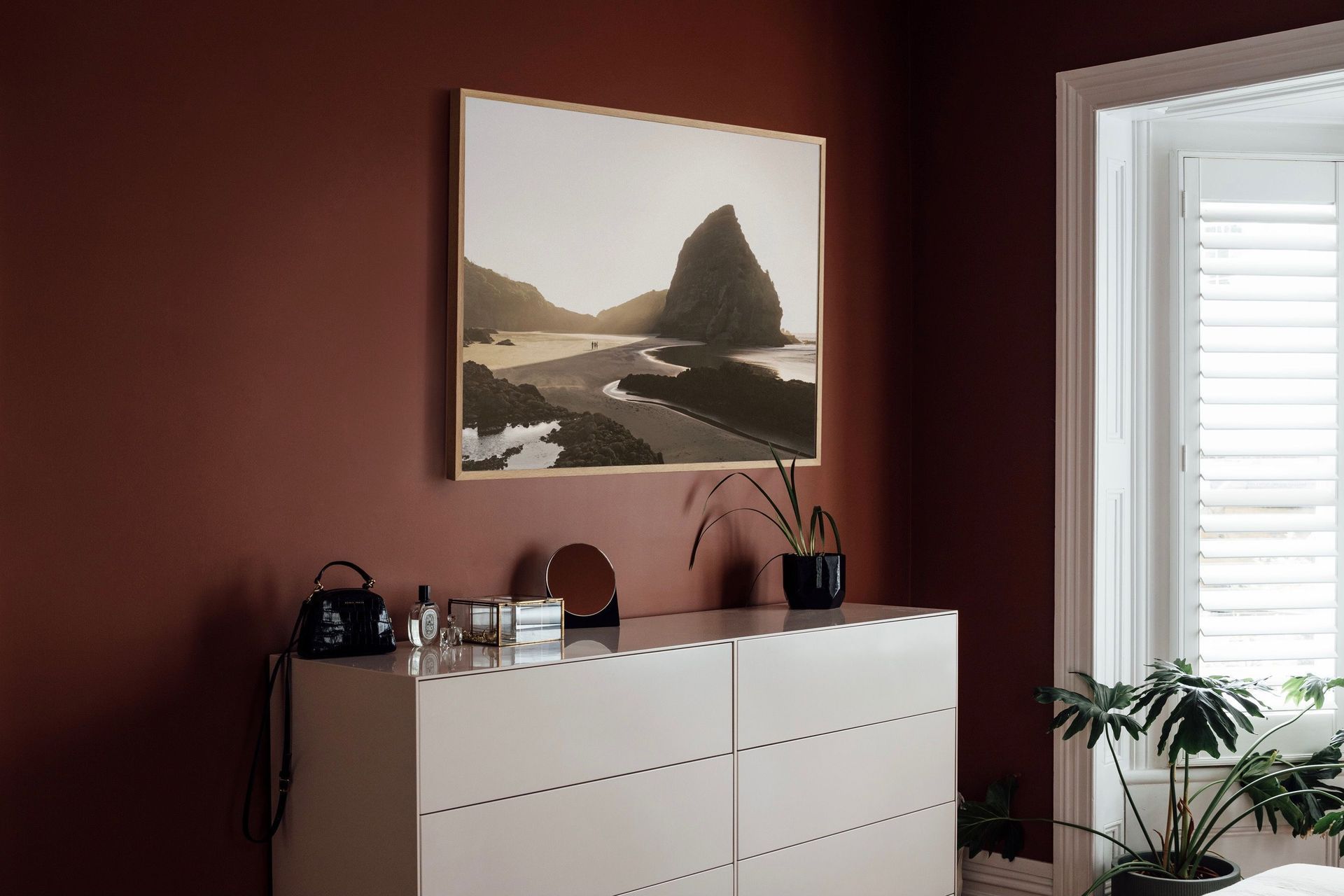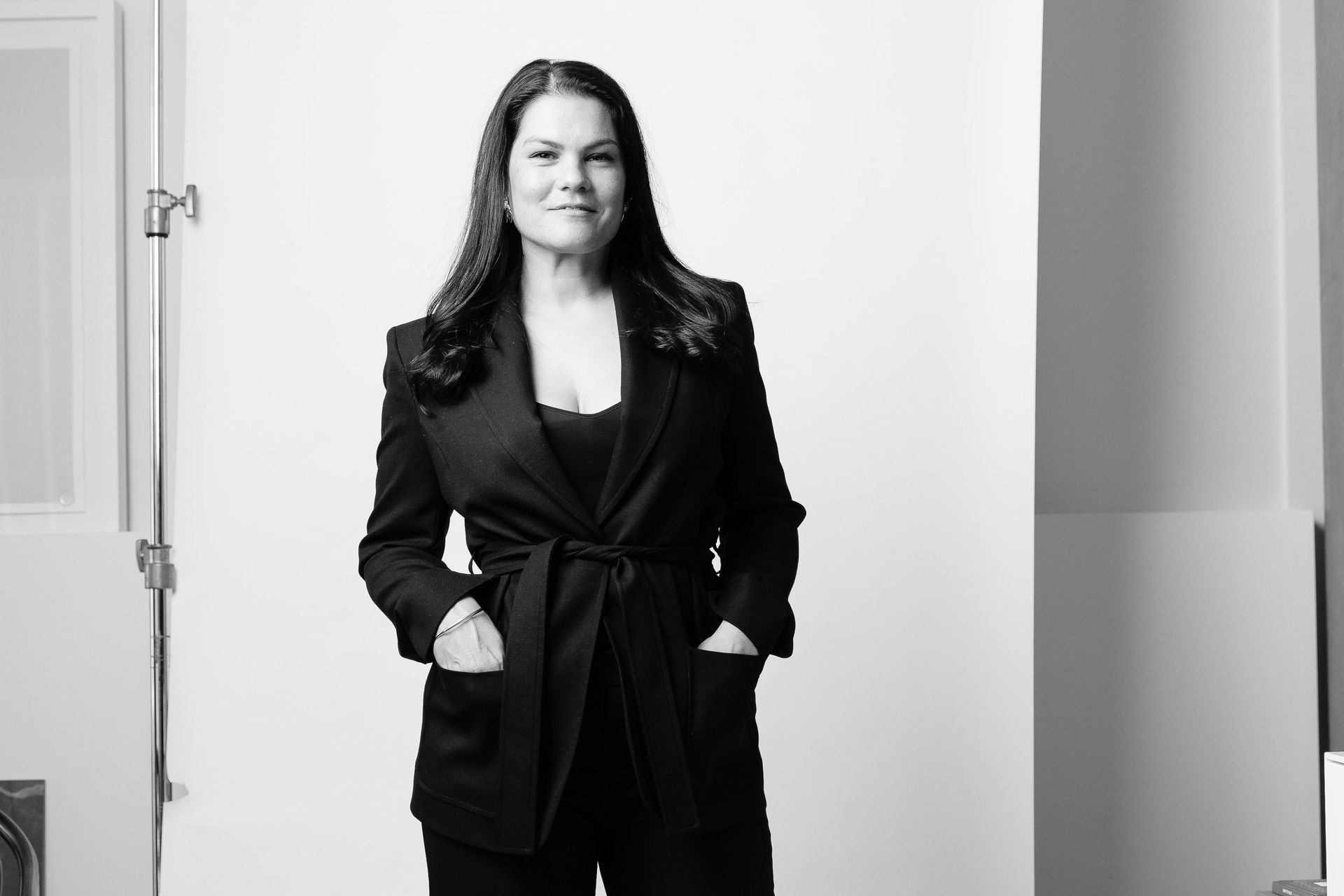How Covid will impact the future of design
Written by
08 October 2021
•
6 min read

New design directions emerge in response to global and local changes and the Covid-19 pandemic and subsequent lockdowns have caused significant changes in how we live.
The global pandemic is not the first virus to cause havoc around the globe—in the early 1800s cholera had a fatality rate of around 30% in Europe, and in response sanitation was greatly improved to avoid repeating the tragedy. While we haven’t experienced anywhere near the same level of mortality due to Covid-19 in New Zealand, the pandemic has forced significant changes to our living conditions, how we interact, and our access to building products and to the world itself.
These changes have an impact on the future of design, whether through availability of products, consumers’ abundance of unspent travel dollars, or the significant shift in how we use our homes.
We spoke to leading interior designer Janice Kumar-Ward and and Context Architects architect Judith Taylor about how the pandemic will impact the future of design.

We’re reconsidering tiny homes
Prior to the onset of the global Covid-19 pandemic, the zeitgeist of the 2000s was primarily concerned with the future of our planet, and the prevention and repair of environmental degradation across the world. Each sector responded to this and it meant professionals and suppliers began to seriously look at their products and designs; how they were sourced, their environmental impact and the ethics of producing them.
Because of the huge impact of construction on the environment, there was also a growing trend for tiny homes and minimalist, compact living spaces. Additionally the higher cost of housing and the subsequent higher density developments meant lives were starting to be lived predominantly outside of the home.
Now, we’re reconsidering what compact living means for our quality of life, says Judith.
“We’ve been quite fascinated by tiny homes, and as construction costs escalate we were very focused on efficiencies, and downsizing our homes. Then Covid-19 has happened, and we realised that our lives are designed to go out to work and out to study.”
She says while small spaces are here to stay, how we lay them out needs reconsideration.
“You now have to work and study at home, therefore completely minimalist design may have to be reconsidered. It may be that bedrooms can’t just be big enough to walk around your bed—you may need a space to study.”

Open plan to broken plan
For the first time since open-plan spaces were introduced, there has been a rejection of the concept due to challenges with professionalism, concentration and separation between work and home life, particularly if children are at home.
The response from architects and designers is a move to “broken plan” – a plan where nooks or alternative spaces are adjacent to an open-plan living space, providing separation and flexibility.
However, Janice says if clients are unable to alter the layout, then furniture and built-in elements are key to breaking up the space.
“How you break up an open-plan space is flexible furniture, which means you can have it as open-plan as you want and have a party and clear out the space and it still feels good. For clients we’ve done that by adding consoles, lighting, side tables, accessories, beautiful lamps, built-ins like bench seats and ‘moments’ that become part of the architecture.”
She says that since the first lockdown clients are far more willing to invest in custom-made furniture as part of maximising the use of the space they have, particularly given they’re not spending travel dollars.
“There is a huge shift to local and bespoke pieces. Many of our clients are after something in a different colour, 50 or 60 millimetres bigger than standard and there’s been a huge resurgence in revamped and custom-made joinery items, because people want things to work and to fit their lifestyle.”

Palette & materiality—biophilia reigns supreme
The recent popularity of a natural colour palette and low-sheen finishes echoes the same trend in materiality for an aesthetic that imitates nature. The popularity of biophilia has been further strengthened by the Covid-19 lockdowns.
“That’s a trend that we’ve embraced and the pandemic experience of living in our home will further reinforce biophilic design principles and possibly our choice of colour. For me, spending time living and working in my home, I prefer a sense of tranquility and calm and you can achieve that through colour,” says Judith.
Equally, Janice says clients are beginning to shy away from the “white canvas” look and embrace rich and cosy colour.
“We‘ve seen a lot more people open to us making those suggestions, rather than it just being a white-out. They’re realising that while white was a great move from a resale perspective, actually living in certain types of white in the glib of winter every day, all day during a lockdown is not actually that pleasant.”
Janice says clients are embracing moody colours in the study and bedroom and pairing them with tactile and biophilic texture.
“People have been pretty open to moody, deep, dark colours in studies and master bedrooms, which helps with respite.”
Tactile and textural finishes such as linen, raw concrete, velvet and weathered metals are also very popular, and we are now seeing architecture beginning to imitate the curves of nature, with the emerging popularity of arches, columns and curved walls.
Lighting
Lighting has seen a renewed focus too. The more time people spend at their homes during the day, the more they understand how lighting supports (or doesn’t support) how they work, learn and feel.
Janice says getting rid of harsh downlights is a key way to adapt a space to be more comfortable, while Judith says task-lighting has become a crucial aspect of supporting work and study from home.

Virus-resistant technology is developing
Since the start of the pandemic, there’s been a new focus on hygiene technology in residential interiors, with a lot of research going into copper and its antibacterial properties.
Judith says that until now, these types of products and finishes have been the reserve of healthcare facilities and commercial environments.
“There are specialist antibacterial finishes and fittings that are impervious and can be easily cleaned right through to quite specialist hygiene treatments. We may see uptake of those finishes within the home environment.”
In addition to improvements in surface hygiene, there’s also a new focus on air quality, which started when climate change became a global concern, but has now become doubly important due to the need to reduce virus transmission in interior spaces.
Judith says now more than ever the performance of our homes has become paramount to our quality of life.
“I think this pandemic has reinforced for us the performance we expect from our homes, and investment in those technologies is going to become increasingly important.”
Banner: Ireland Townhouse. Image credit: Duncan Innes.